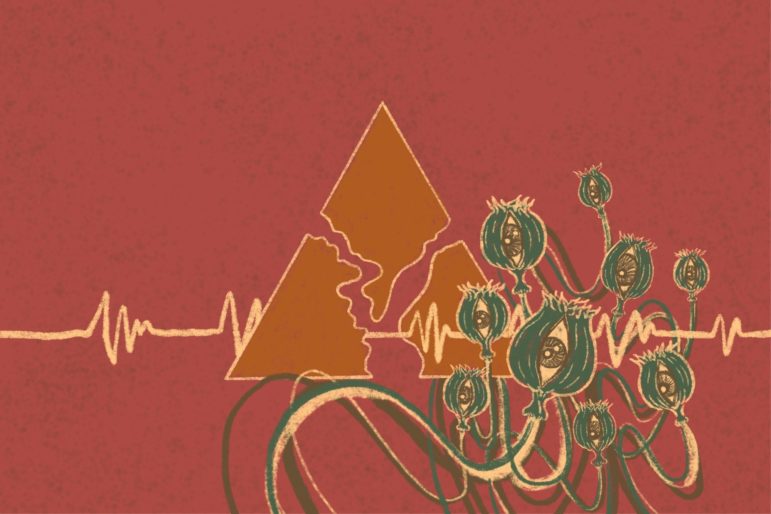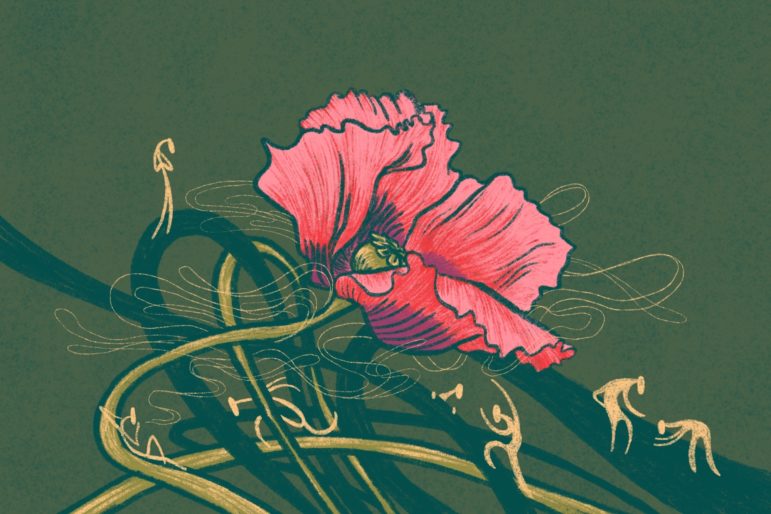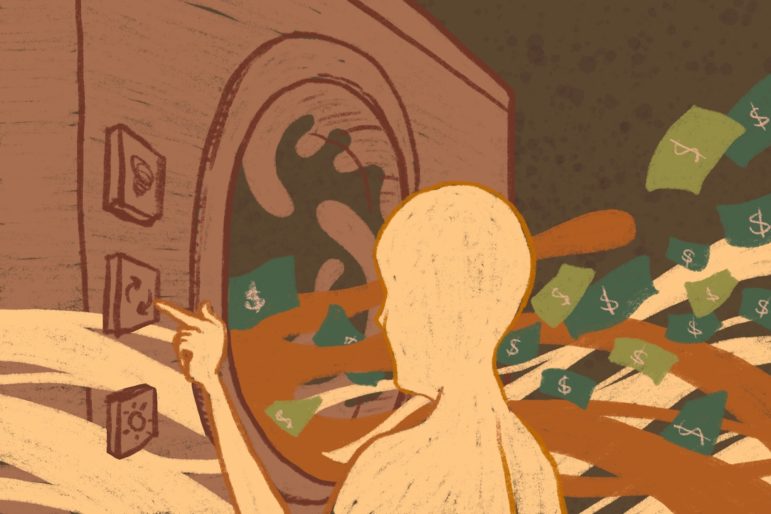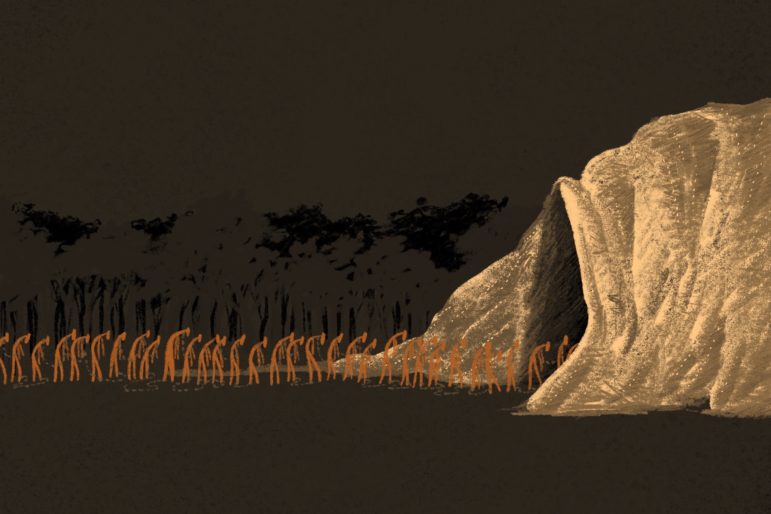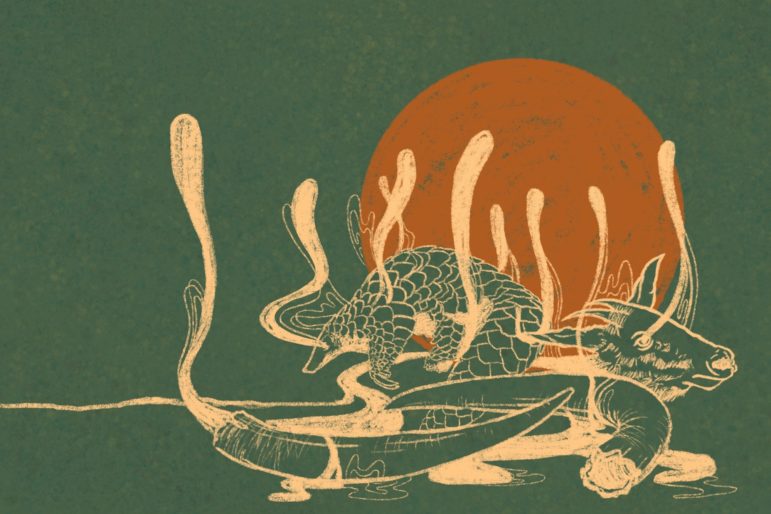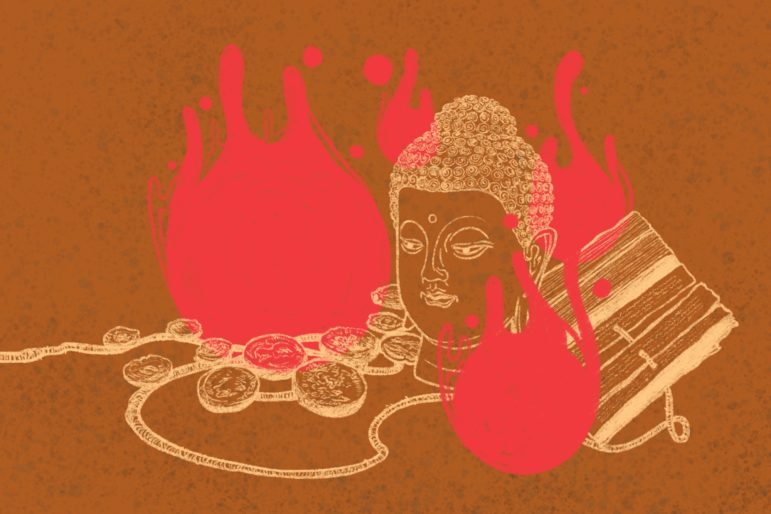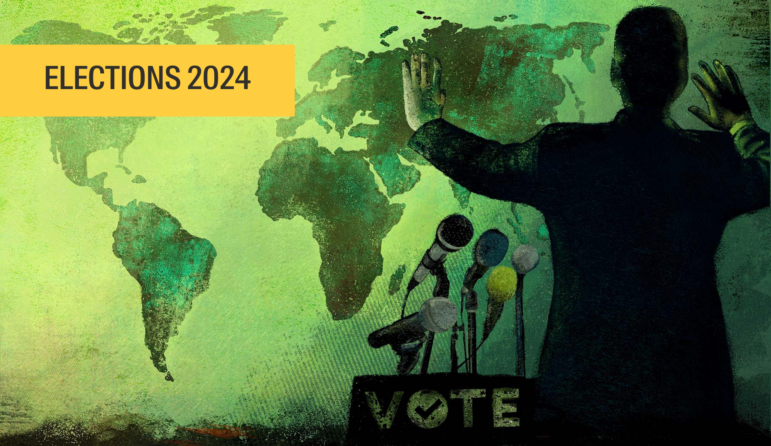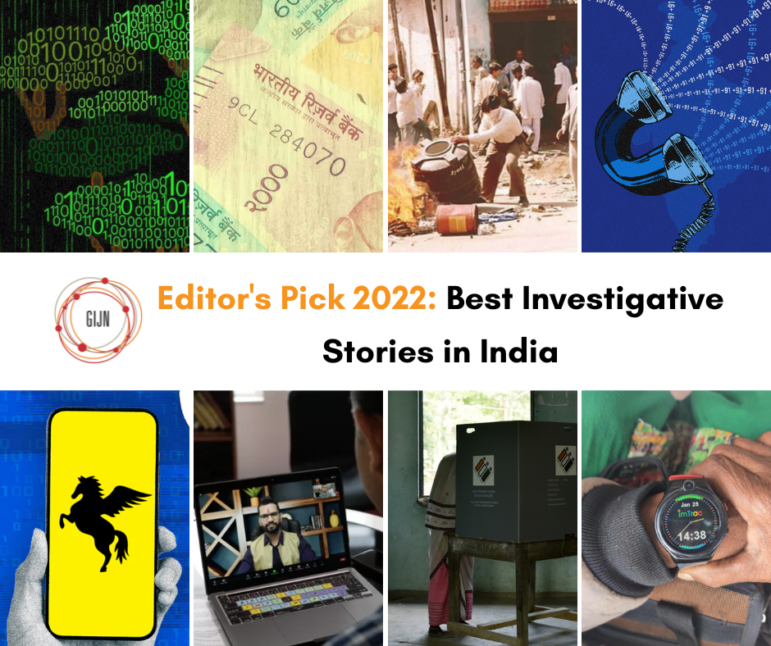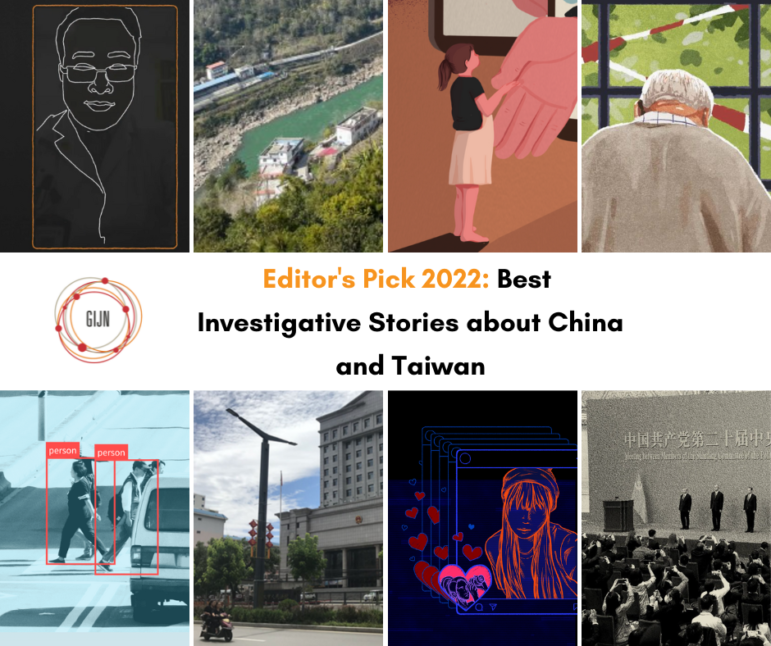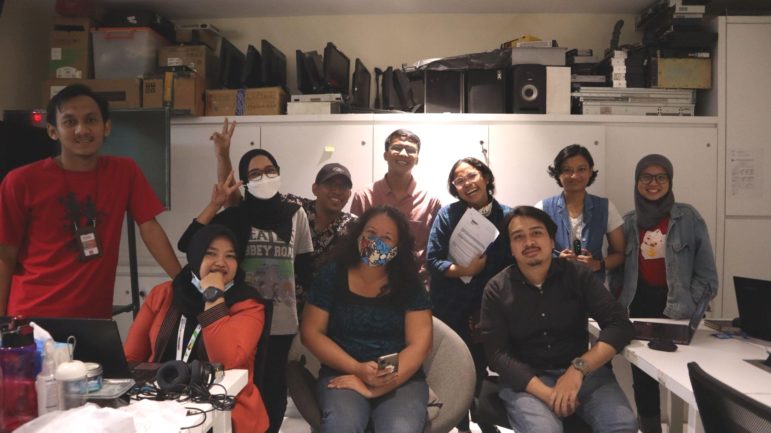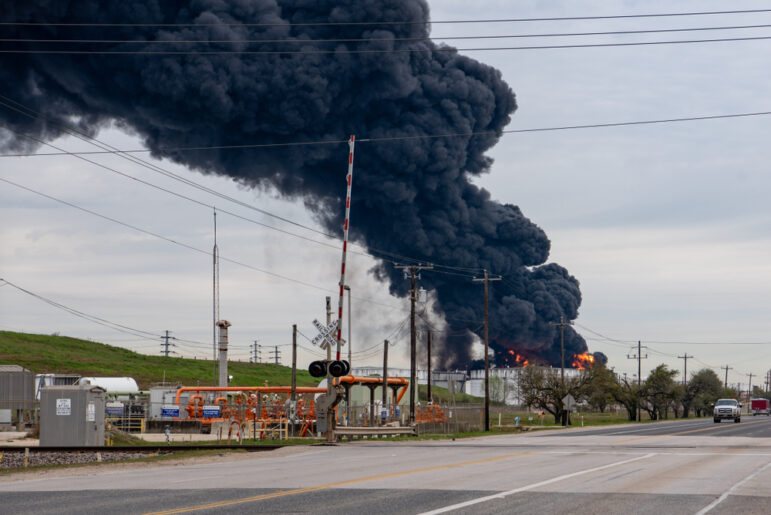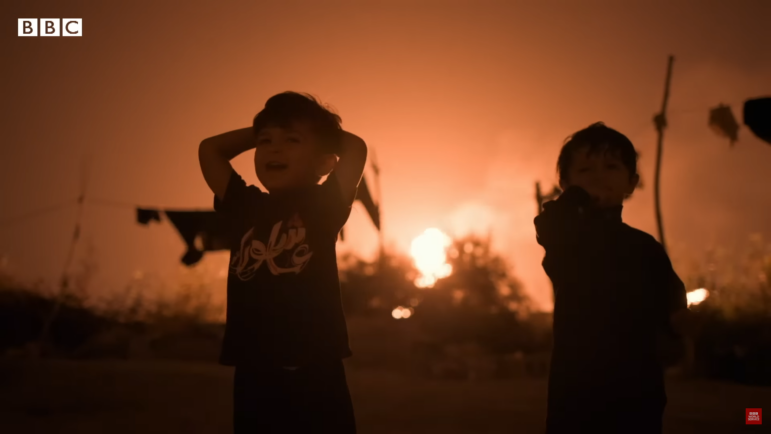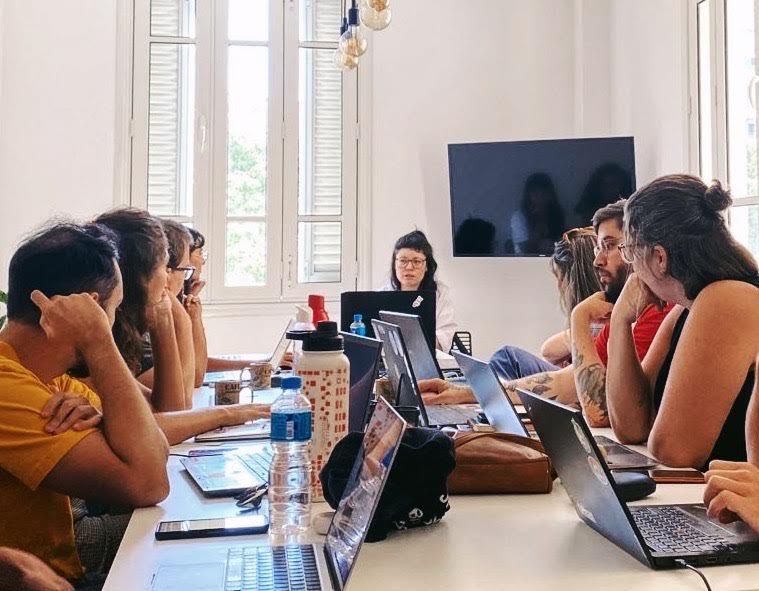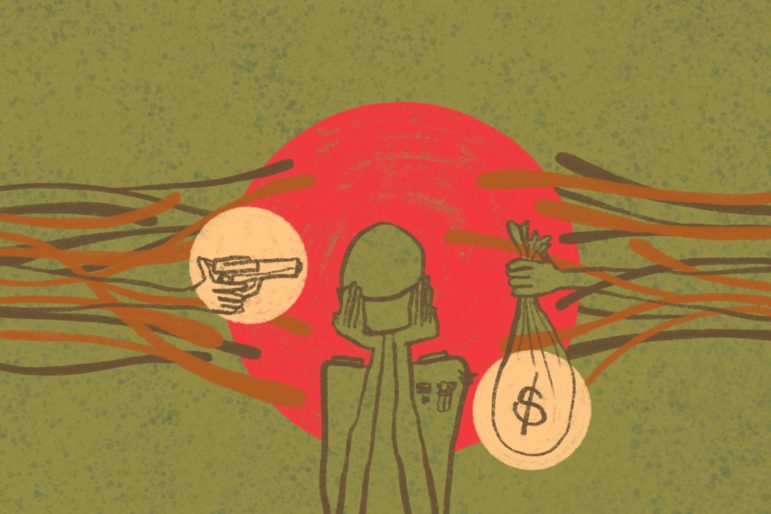

Guide to Investigating Organized Crime in the Golden Triangle: Chapter 2 — Official Complicity in Drug Trafficking
Chapter Guide Resource
Guide to Investigating Organized Crime in the Golden Triangle — Introduction
Chapter Guide Resource
Guide to Investigating Organized Crime in the Golden Triangle: Chapter 1 — Drug Trafficking
Chapter Guide Resource
Guide to Investigating Organized Crime in the Golden Triangle: Chapter 3 — Money Laundering
Chapter Guide Resource
Guide to Investigating Organized Crime in the Golden Triangle: Chapter 4 — Human Trafficking
Chapter Guide Resource Video
Video: Investigating Organized Crime in the Golden Triangle
Official complicity in the Golden Triangle drug business comes in two different forms: corruption and politically motivated alliances between the gangs involved in the trade and the militaries of governments in the region. Corruption is fairly straightforward and easy to understand and explain. There is no accurate estimate of how much the Golden Triangle drug trade and related criminal activities generate annually, but it is believed to be in the billions of dollars. Given the vast amounts of money involved in the various businesses and the low salaries of local law enforcement personnel and government officials in, for instance, northern Thailand, it is hardly surprising that many of them succumb to the temptation to accept bribes. A high-ranking Thai military officer with integrity once told me: “We can send the best and most honest officer to the north, but after six months we have to move him out. The problem is simple. The traffickers hold a gun in one hand and a bag of money in the other. He has a choice: a bullet in the head or accepting the money and turning a blind eye to the traffic.”
How the Corruption Works
It is important to remember that organized criminals and many less-organized criminal gangs may live outside the law, but they have never been outside society. In some parts of Asia, a symbiosis between crime, big business, government, and intelligence agencies has existed for long periods of time. Drug traffickers have time and again proven to be not only big investors in the legitimate economy, but also useful intelligence assets. They have unsurpassed knowledge of local conditions for the simple reason that they have to move valuable commodities through dangerous areas. There is nothing to indicate, as claimed by some writers, that the United States used drug money to finance clandestine activities during the wars in Indochina in the 1960s and 1970s. There were sufficient, secret funds to cover that side of the operations. But drug traffickers benefitted from the US presence because they provided that country with valuable information and, in return, effectively got carte blanche to carry out their illicit activities, including involvement in the opium trade. The Nationalist Chinese armies were among them, as were the local hilltribe armies in Laos, which had been raised to fight the communist Pathet Lao and the North Vietnamese.
The Myanmar Army’s Ka Kwe Ye (KKY) project is perhaps the most blatant example of how an official authority has used armed militias to fight anti-government rebels. But even after those militias were disbanded in 1973, the policy has remained the same. Lo Hsing-han, the local Ka Kwe Ye home guard commander in Kokang, was arrested in that year, not for drug trafficking — because he had permission from the government to carry out such businesses — but for high treason and rebellion against the state. In 1973, he had forged a brief alliance with the Shan State Army (SSA), a politically motivated ethnic army fighting the government in Yangon.
Lo was sentenced to death but pardoned during a 1980 amnesty. He returned to his old home in Lashio in northern Shan State where he formed a new pyi thu sit (“people’s militia”) force and became a prominent businessman. His company, Asia World, grew to become one of Myanmar’s biggest conglomerates and it has been involved in various construction projects throughout the country. The US government once described Lo and his son Stephen Lo (Steven Law) as “key financial operatives of the Burmese (Myanmar) regime.” Lo Hsing-han died in Yangon on July 6, 2014, and a grand funeral was held in the former capital. A local video reporter was apprehended by Lo’s own security guards when he attempted to film inside Lo’s house in Yangon, while police officers were deployed to guard the street outside.
Khun Sa, for years another main drug lord in the Golden Triangle, was arrested in 1969 after having engaged in talks with the SSA. His militia was dissolved but his followers went underground and abducted two Soviet doctors from a hospital in Taunggyi to secure his release. In a deal secretly brokered by General Kriangsak Chomanan, a powerful Thai general who from 1977 to 1980 served as prime minister, the doctors were released from Thailand in 1974 and Khun Sa was set free from prison in Myanmar. Khun Sa came down to the Thai border where he formed a new army, the Shan United Army (SUA), and set up a base at Ban Hin Taek in northwestern Thailand with the Myanmar border only a few kilometers away. After his release, Khun Sa maintained a good relationship with Kriangsak, and, according to what one of Khun Sa’s closest associates told me at the time, the drug lord secretly contributed US$50,000 to support the Thai general in an election campaign in 1981.
Khun Sa’s presence in Thailand became an international embarrassment as opium refineries located on both sides of the Thai-Myanmar border turned out huge quantities of heroin. In 1982, Thai security forces eventually pushed him and his SUA into Myanmar. The troops that attacked him had to come from other parts of Thailand because those based at or near Ban Hin Taek were on his payroll. But he soon built up a new headquarters at Homong opposite the town of Mae Hong Son in Thailand — and resumed his relationship with Thailand’s security agencies. Khun Sa’s organization provided Thai authorities with intelligence from inside Myanmar and the border areas between Myanmar and China. His organization also invested huge sums of money into construction projects and retained businesses in Thailand.
At the same time, Khun Sa established a working relationship with Myanmar’s military and intelligence services, who again tolerated his presence in their country in return for fighting ethnic and communist rebels. Therefore, Homong was never attacked by the Myanmar Army, but, in January 1995, Khun Sa decided to surrender and move to Yangon. His army was disbanded, and huge amounts of money were transferred to Myanmar banks and invested in a transport company and import-export businesses. Khun Sa died in Yangon on October 26, 2007.
Today’s drug lords are not quite as public and flamboyant as Lo Hsing-han and Khun Sa. They keep a much lower profile, and methamphetamines — rather than opium and its derivative, heroin — are the main drugs being produced and traded by this new generation of traffickers. But the relationship between them and the Myanmar military remains unchanged: fight Myanmar’s abundance of ethnic rebel forces and, in exchange, they get permission to trade in drugs and use the proceeds to build up local business enterprises.
Tips and Tools
It is particularly risky to investigate official complicity in the drug trade because it may lead to lawsuits, and allegations of illegal misconduct are difficult to prove in court. Extreme care should therefore be taken when investigating corruption and collusion, and lawyers must be involved. This kind of research also requires very solid and trusted local sources, and their identity must be protected. However, there are some very good reports on the subject that are available online.
US scholar John Buchanan did some very thorough research in 2016 into the world of government-recognized pyi thu sit militias in the Golden Triangle, how they were formed, where they operate, and what kind of relationship they have with the Myanmar Army and other government authorities. The Transnational Institute has also published a number of useful reports.
But given the fluid situation in the drug-producing areas in the Myanmar sector of the Golden Triangle, even data and information from those online resources has to be cross-checked and updated. Shifting alliances are the very nature of the politics of drugs in the Golden Triangle, and remember that it has more to do with local politics than law enforcement.
For example, the Golden Triangle drug trade has reportedly been booming since the February 2021 military coup in Myanmar. According to the UNODC and other international agencies, the reason behind any post-coup surge in trafficking is that troops previously involved in drug suppression activities in the border areas have been diverted to the country’s central region to deal with public unrest. Critics, however, see it in a different light. They say that the Myanmar Army has no history of conducting serious campaigns against the narcotics trade. On the contrary, that country’s army has always had some kind of understanding with the drug traffickers, either for financial benefit or because drug-trafficking militias have proved to be useful tools in counter-insurgency campaigns.
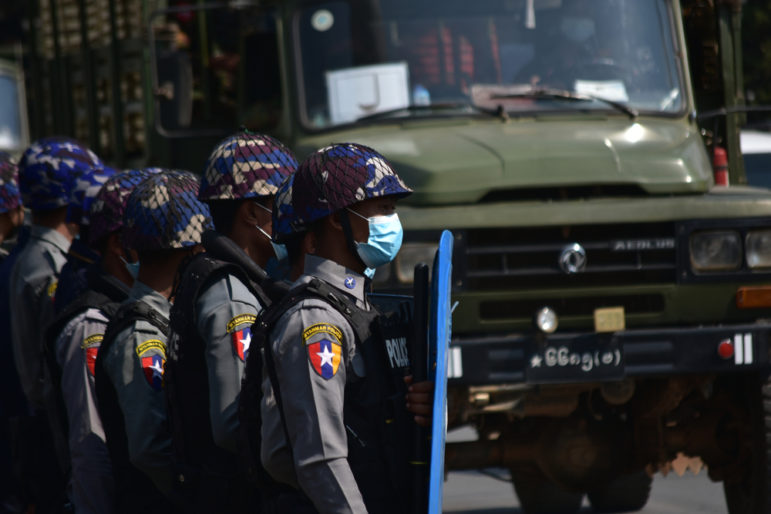
The Golden Triangle drug trade has reportedly boomed since the Myanmar military’s ouster of the government in early 2021 — but critics aren’t so sure. Image: Shutterstock
It is also up for debate whether more drugs actually are being produced in the Golden Triangle. The Transnational Institute notes that the increases in seizures that have taken place since 2021 could be for other reasons, and these do not automatically mean that there has been an increased equivalent in production. As a result, reports of sudden, huge increases in production should be treated with caution, the TNI stated in a report from December 2021.
In June 2022, Myanmar’s military government celebrated the UN’s World Drug Day by burning what it claimed was US$642 million worth of drugs. But David Mathieson, an independent researcher, told Agence France-Presse this public show of resolve was part of a “decades-long delusion.”
“The military pretends to get serious about drug eradication and the West pretends to believe them,” Mathieson told Agence France-Presse. He pointed out that there has always been “active military complicity in protecting large-scale drug production to ensure stability in [Myanmar’s] conflict zones.”
Case Studies
For an overall description of how corruption works in Thailand, see “Corruption and Democracy in Thailand,” written by Thai academics Pasuk Phongpaichit and Sungsidh Piriyarangsan. Although published in 2005, its basic analysis and conclusions remain valid.
In addition, Bertil Lintner covered the UN’s complicity in Myanmar’s drug problem and the myths it perpetuates in The Irrawaddy, a website run by Myanmar exiles. In an article from February 7, 2022: “The UNODC actually has a long history of covering up official complicity in the drug trade and blaming it on Myanmar’s ethnic armed organizations.”
Myanmar writer Kyaw Lin Htoon has done investigations of the Pansay militia for The Frontier, a Myanmar weekly. This Pansay militia, located in northern Shan State is allied with the Myanmar military and based “in and around (the border town of) Muse where gambling, drug trafficking, and sex work occurs openly — often close to the three official border crossings between Myanmar and China.” And as an example of how these local militias enjoy quasi-government recognition, Kyaw Myint, the commander of the Pansay militia, represented Muse in the Shan State assembly (local Myanmar parliament) from 2010 – 2015.
Additional Resources
Reporter’s Guide to Investigating Organized Crime
Journalist’s Guide to Investigating Drug Trafficking
Tips for Reporting on Human Trafficking and Forced Labor
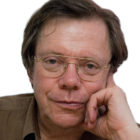 Bertil Lintner is the author of 22 books on Asian history, politics and crime. He is currently with Asia Times and a former correspondent with the Far Eastern Economic Review, the Swedish daily Svenska Dagbladet, and Jane’s Information Group in the UK. Lintner lives with his family in Chiang Mai, northern Thailand.
Bertil Lintner is the author of 22 books on Asian history, politics and crime. He is currently with Asia Times and a former correspondent with the Far Eastern Economic Review, the Swedish daily Svenska Dagbladet, and Jane’s Information Group in the UK. Lintner lives with his family in Chiang Mai, northern Thailand.

